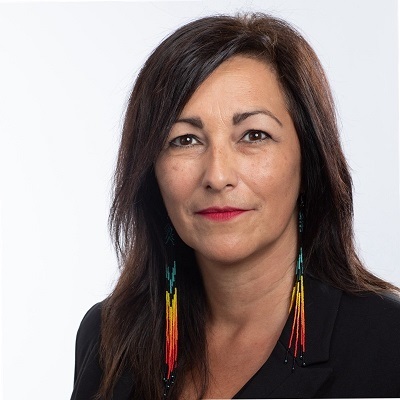The traditional view of innovation focused on technology must now be leveraged to address the critical social and environmental problems confronting Canada and the globe. Whether tackling the housing crisis, mental health, or climate change, these issues require solutions-based innovation that directly benefits communities and the country’s long-term prosperity.

Canada has a history of finding practical solutions to tough problems. Now, we need to bring that spirit to today’s complex challenges.
Across the country, communities are finding solutions for housing, poverty, food security and more. But sustaining and scaling these efforts requires more than good ideas — it demands new financial models, cross-sector collaboration and approaches that bring new voices to the table.
To drive this forward, Canada needs a national solutions-based innovation strategy — one that applies innovation to social and environmental goals just as it does for economic growth. Our current ways of working are not enough.
At the heart of this strategy should be a national solutions-based innovation agency. This agency would serve as a central hub, acting as a bridge to communities, coordinating the best ideas from across sectors and ensuring the financial tools are in place to scale successful solutions.
Operating independently from governments, it would have the flexibility to experiment, iterate and adapt to society’s evolving needs.
An innovation agency would use innovative financing models that blend public, private and philanthropic investments to address critical issues like affordable housing, economic reconciliation and climate solutions. Bringing together the strengths of philanthropy, academia, social sector organizations, purpose-driven businesses and governments to collaborate on shared missions and support local solutions.
This model has been successful elsewhere: the UK’s Nesta, Finland’s SITRA and Sweden’s Vinnova are all examples of independent agencies that foster cross-sector collaboration to tackle large-scale societal challenges.
Such an agency would be a catalyst for Canada’s Social Innovation ecosystem, which is rich in ideas but fragmented, underfunded and disconnected from national strategies. It would provide funding, knowledge-sharing and collaboration opportunities, enabling local solutions to scale and drive systemic change.
This approach would increase the capacity of existing social innovation labs and create a networked infrastructure that could drive systemic change. Canada’s ecosystem is rich with potential, but without the right mechanisms to support it, we risk losing the solutions already being developed.
For example, a social innovation agency could help address challenges like transit-oriented affordable housing, when needed investment in transit unintentionally worsens affordable housing shortages. The agency could bridge this gap by ensuring investments in transit don’t create affordability problems but instead integrate housing solutions.
Aligned with the work of this agency, Canada’s national innovation strategy must also recognize the unique role of Indigenous innovation and the importance of economic reconciliation.
Indigenous-led initiatives and organizations, such as the Winnipeg Boldness Project and Raven Indigenous Capital Partners, are driving forward new models of innovation that are deeply rooted in community and cultural values. These efforts are critical to addressing both social and economic inequalities within Indigenous communities while contributing to broader national prosperity.
The agency would work in partnership with Indigenous-led organizations to ensure that Indigenous innovation labs receive the resources and support they need to scale their impact.
Through outcomes-based financing and innovative investment models, we can create pathways for economic sovereignty, wealth creation and sustainable development in Indigenous communities.
By fostering collaboration between Indigenous and non-Indigenous innovators, we ensure that economic reconciliation becomes a core component of our national innovation efforts. The agency would serve as a bridge, helping to integrate Indigenous innovation into the broader ecosystem and supporting Indigenous leaders in co-designing solutions that reflect their communities’ unique needs and aspirations.
We need mechanisms that ensure innovation and research dollars are driving clear social and environmental outcomes. This agency would help distribute funding across portfolios of mission-driven projects and ensure alignment with government priorities.
Working with higher education, the agency could also provide the evidence base needed to inform policymaking, ensuring government investments are both efficient and effective in achieving long-term goals.
Canada’s challenges are vast, but so is our capacity for innovation. We have the talent, ideas and passion to make meaningful change. What we need now is the infrastructure and financial models to turn those ideas into lasting solutions that benefit everyone.
***
About the authors:

Andrea Nemtin is the CEO of Social Innovation Canada, a leader in social finance and innovation, dedicated to driving systemic change through mission-based strategies and collaboration across sectors.

Diane Roussin is a community leader and social innovator, known for her work as the Director of the Winnipeg Boldness Project, focusing on creating systems-level change to support Indigenous families and children in Winnipeg’s North End.




